
Q&A: Canada Post’s green plan
November 1, 2023
By
Mario Cywinski
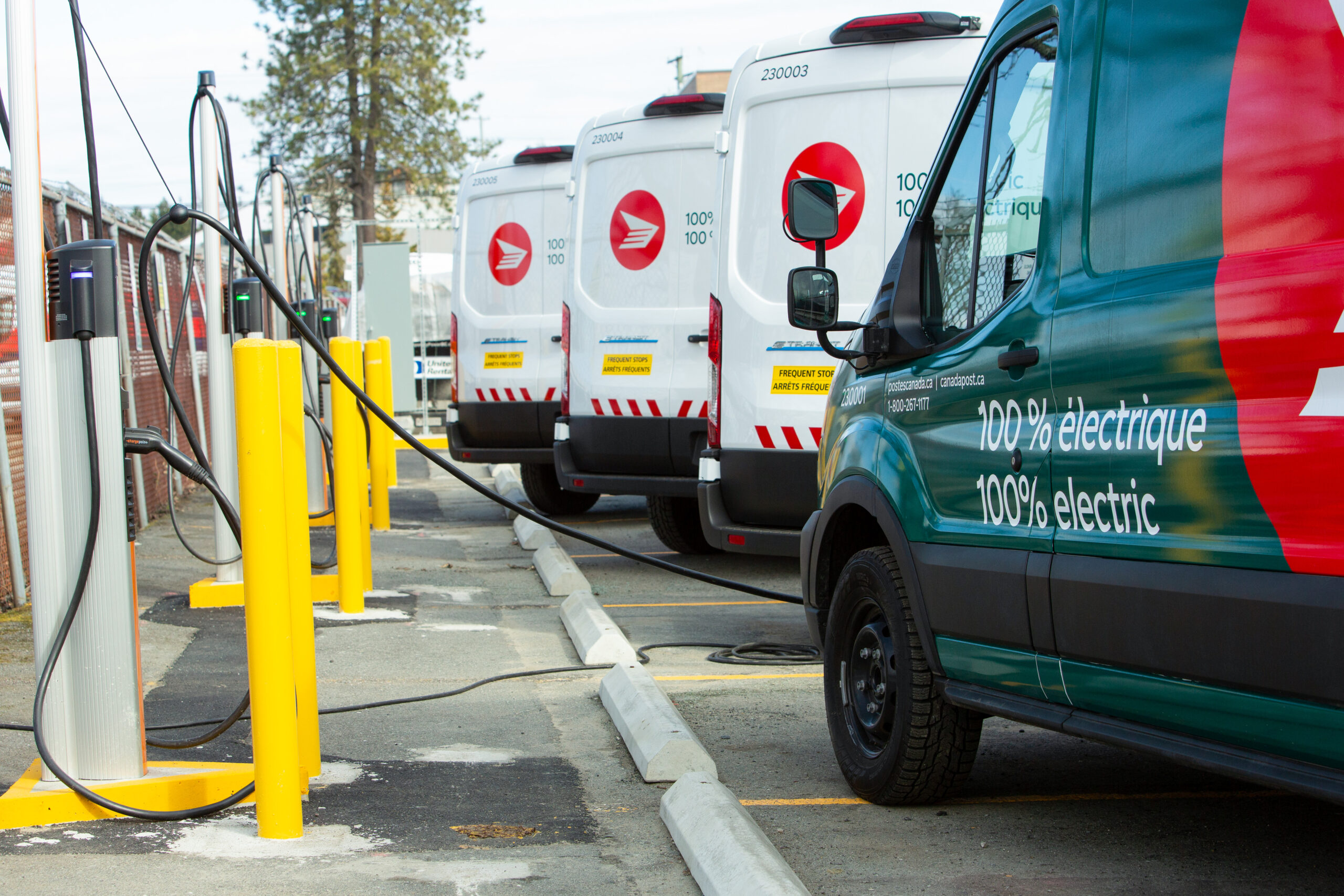
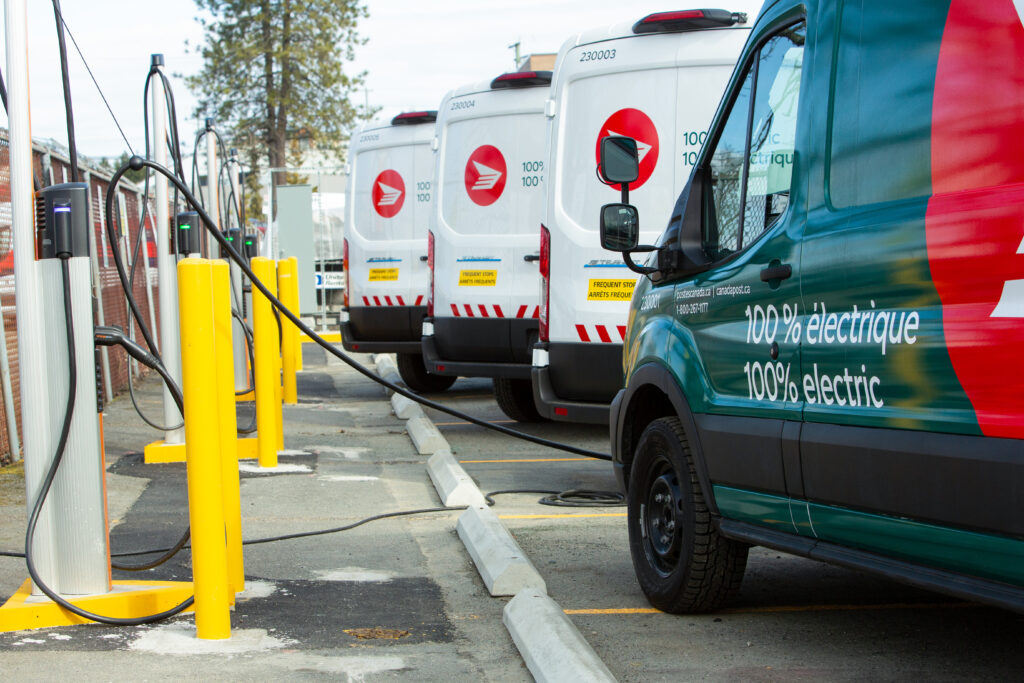
Photo: Canada Post
Canada Post has set out a pathway to reaching net zero by 2050, in its 2022 Sustainability Report, it outlined how they plan on achieving that feat. Its plan is based on the science-based targets (using 2019 as its base year), that include three main components.
First, is a plan to reducecgreenhouse gas (GHG) emissions by 50 per cent by 2030 (base year). Next, they plan on engaging their top suppliers and subsidiaries to adopt emission reduction targets. With a target to have 67 per cent of Canada Post vendors, and 100 per cent of subsidiaries, adopting a science-based target by 2025. Third, Canada Post is looking to reach net-zero GHG emissions across their value chain by 2050 (from base year), which is a 90 per cent reduction in emissions by 2050.
Canada Post is using three scopes in terms of GHG emissions. Scope one (accounting for 8.5 per cent of total GHG emissions) includes facilities and fleet; scope two (2.1 per cent) includes electricity; and scope three (89 per cent) which includes purchased goods and services, capital goods, fuel-and energy-related activities, upstream transportation and distribution, waste generated in operations, business travel, employee commuting, end-of-life treatment of sold products, and investments.
Looking at near term, Canada Post plans to invest in renewable energy, de-carbonizing (electrifying) their last-mile fleet of over 14,300 vehicles (50 per cent by 2030, all by 2040), and de-carbonizing their buildings (by having net-zero facilities, retrofitting current facilities, and institutingcenergy-efficient upgrades).


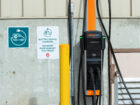
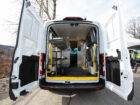
One step Canada Post has taken in this regard is having its Nanaimo, British Columbia depot use battery-electric corporate delivery vehicles. In all, 14 electric cargo vans will be used for collection and delivery services, replacing internal combustion engine vehicles, which are currently in use.
“Last year, the Corporation set aside more than $1 billion to cut emissions and move forward on the electrification of its last mile fleet. This critical investment has led to important progress on Canada Post’s plan to achieve net zero emissions by 2050,” said Suromitra Sanatani, chair of the board of directors, Canada Post. “Canadians expect their postal service to play a leading role in the country’s transition to a low-carbon future. It’s a responsibility that Canada Post embraces.”
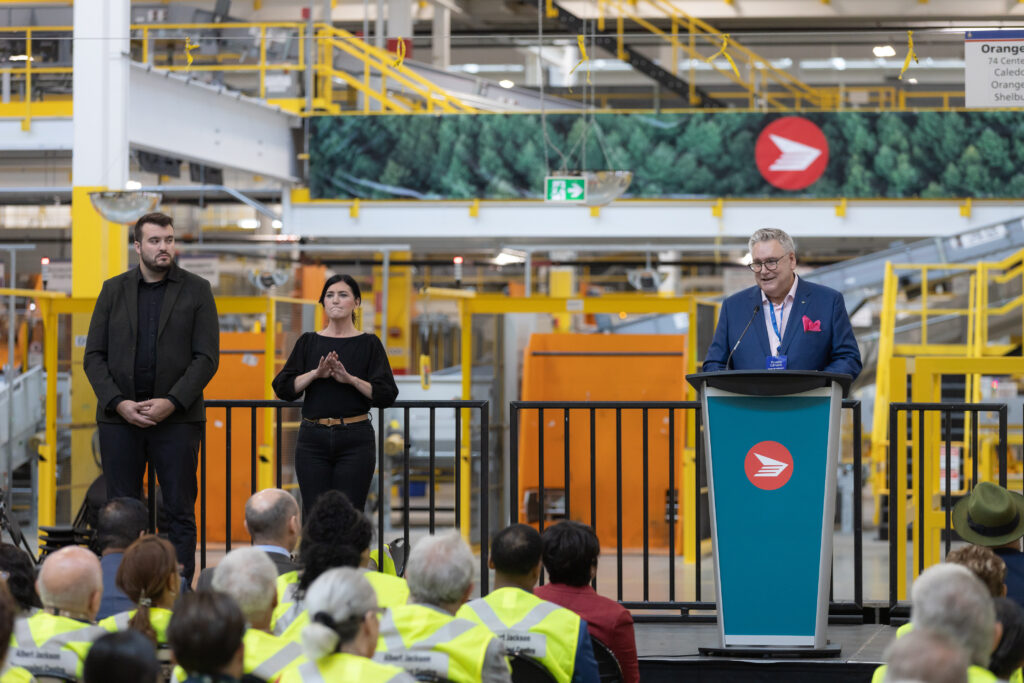
Photo: Canada Post
Another step is the opening of its 585,000 square feet Albert Jackson Processing Centre in Scarborough, Ontario, Canada Post’s first net-zero carbon facility. The facility offers rooftop solar panels, efficient HVAC system and sensor-controlled lighting, EV charging stations, and infrastructure to support Canada Post’s future five-ton fleet electrification. It also meets the Canada Green Building Council’s Zero Carbon Building design standard.
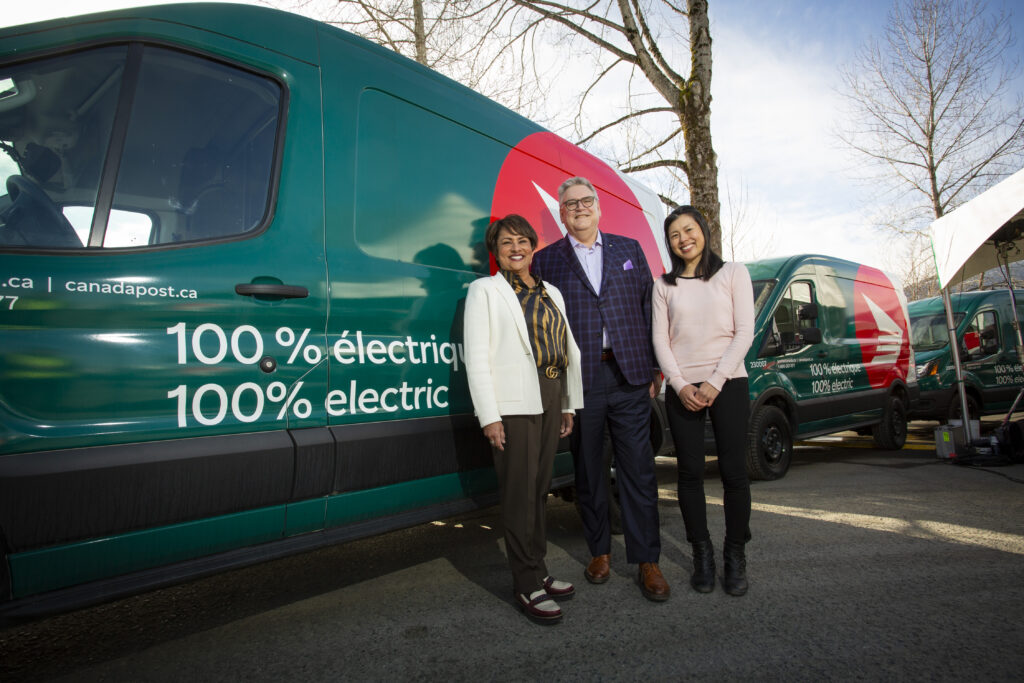
Photo: Canada Post / (From left) Suromitra Sanatani, Chair of the Board of Directors, Doug Ettinger, President and CEO, and Sally Dam, Director, Urban Delivery Strategy, all from Canada Post.
To learn more about Canada Post’s plans, we spoke to Sally Dam, director, urban delivery strategy, at Canada Post.
Plant: What is the plan to electrify the whole fleet by 2040? Will it be all EV, or have some sort of electrification (Plug-in, EV, hybrid)?
SD: The corporate fleet will be comprised of zero-emission vehicles (ZEV), starting with 100 per cent battery electric for our last mile delivery vehicles.
Plant: What vehicles have priority to be replaced first, what are their purpose? Plant, delivery, etc?
SD: Our last mile delivery vehicles will be replaced first. These are the vehicles that perform the collection and delivery of mail and packages for homes and businesses, and the ones that the public most identify Canada Post with.
Plant: Are currently supply chain issues in the automotive space having any affect in greening the fleet?
SD: One of the main challenges to ramping up the greening of our fleet is that the commercial automotive space is limited in its offerings of electric vehicle models that suit the operational needs of the last mile delivery industry.
Plant: Can you dive a little deeper into what is happening to green the operations at the Nanaimo depot?
SD: All 14 of Nanaimo’s corporate last mile delivery vehicles were replaced with battery electric vehicles, making it the first depot in Canada with a zero-emission corporate fleet. Each EV has more than enough battery range to complete the route’s daily collection and delivery activities, even when factoring in the efficiency losses due to weather, terrain, load, and driver behaviour.
Charging infrastructure was implemented at the Nanaimo depot so vehicles returning at the end of the day can just plug in and charge overnight while parked at our delivery facility and be ready with full charge for the next day.
Plant: What other plants/depots are next on the list to go electric?
SD: We launched battery electric vehicles and charging infrastructure at five sites in Quebec in 2023: Joliette, Lévis, Chateauguay, Repentigny, and Laval-des-Rapides, adding 84 EVs to the 14 already in Nanaimo. These first six sites have given us valuable insight into the challenges that we’ll face and the opportunity to find solutions as we continue our ZEV journey to net zero emissions.


